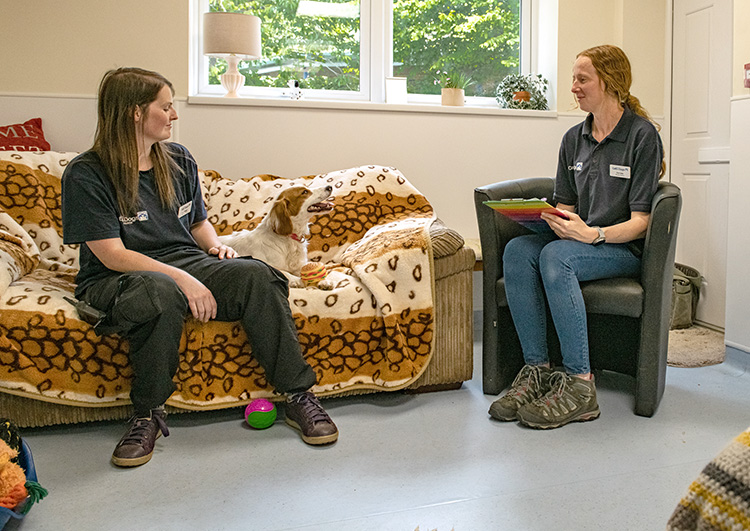Roman
How a fostering volunteer has changed his life
Dogs, Rehabilitate, Dog behaviour, Volunteering, Fostering

Tips for families during Child Safety Week
Dogs and children communicate very differently, but they can be great friends and help children develop kindness and a sense of responsibility.
Children often treat dogs as their peers; they hug, cuddle, hold and scold them. Children express affection for their family through close facial contact e.g. kissing. While this may seem sweet, a dog may find this threatening and it can be quite dangerous.
For these reasons young children are more likely to be bitten than any other group and research shows that children are far more likely to be bitten by their family dog than any others. However, there are lots of things you can do to make sure your child is safe and your dog is happy.
Just remember the RSPCA six golden rules for keeping your children safe and your dogs happy.
1. Stay with your children around dogs
2. Interact with dogs at the right times
3. Be gentle
4. Play nicely and teach tricks
5. Give your dog space if they need it
6. Don't let your children approach dogs they don't know
» Download the RSPCA 'Growing up with a dog' leaflet
Understanding dog body language is key to welfare and safety, we love this quick guide to noticing happy, worried and angry in dog language.
» Visit the RSPCA website 'Understanding dog behaviour'
First we look at the animal's history – if they have lived with children before and how they coped – as well as an assessment with our Behaviour team. The behaviour tests include looking at the pet’s reaction to movement, excitement levels, and being handled. We have a real life room where some of our assessments take place (see image below).
Stray pets have no history of course, so we have to rely solely on the behaviour tests and err on side of caution. This does mean that we have fewer dogs and cats to rehome with young children, so it will take longer to find you a match.
